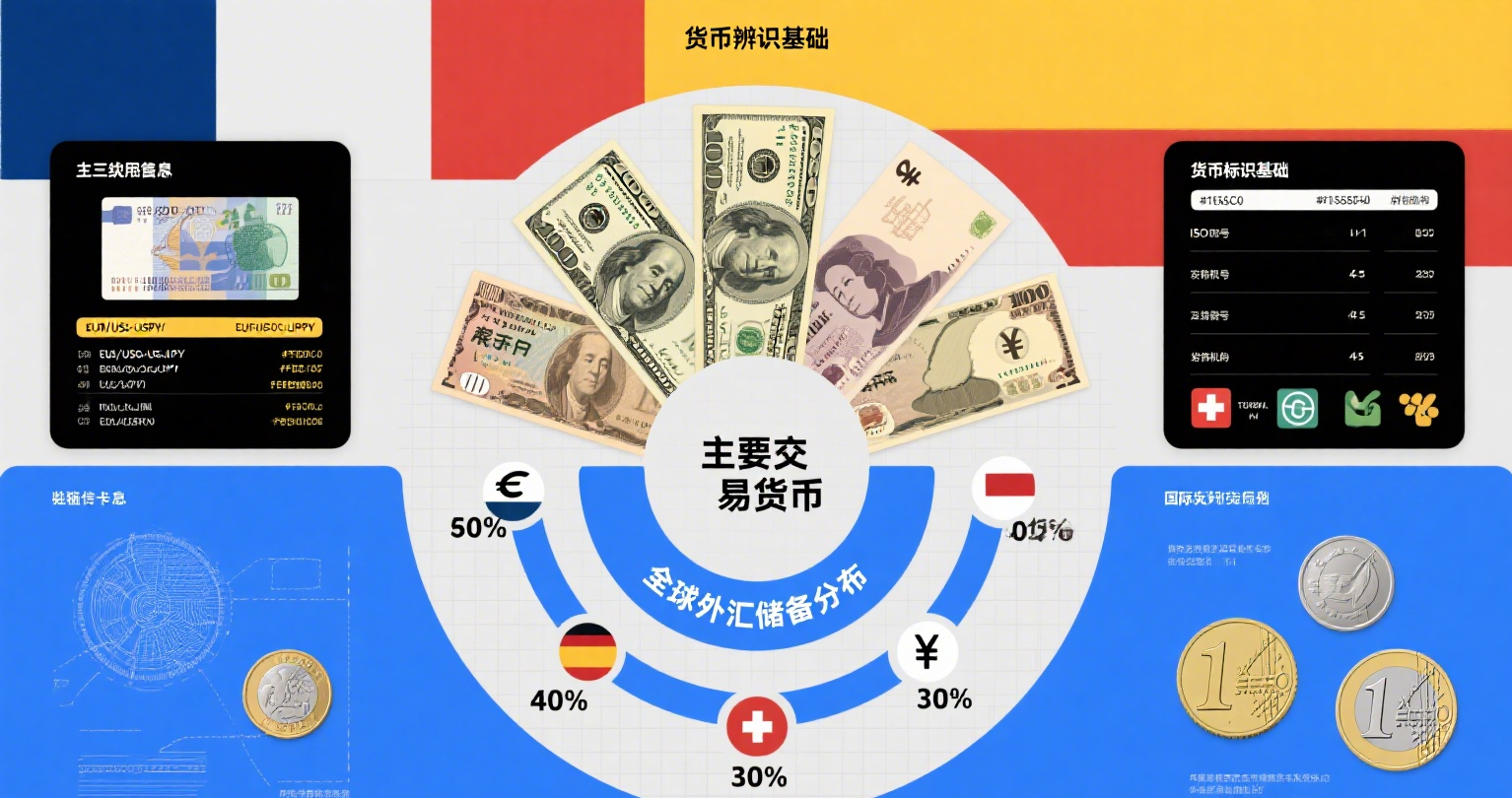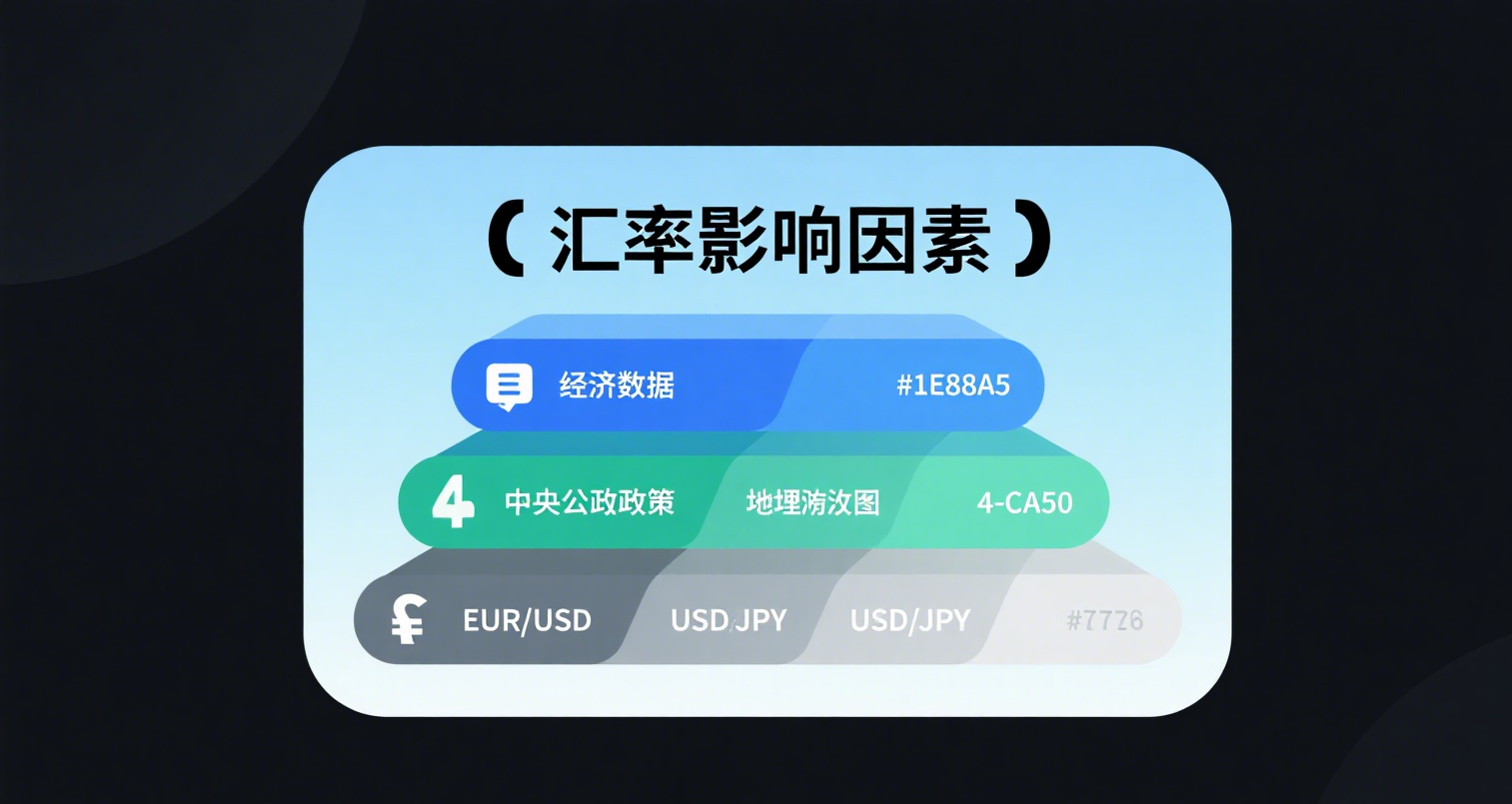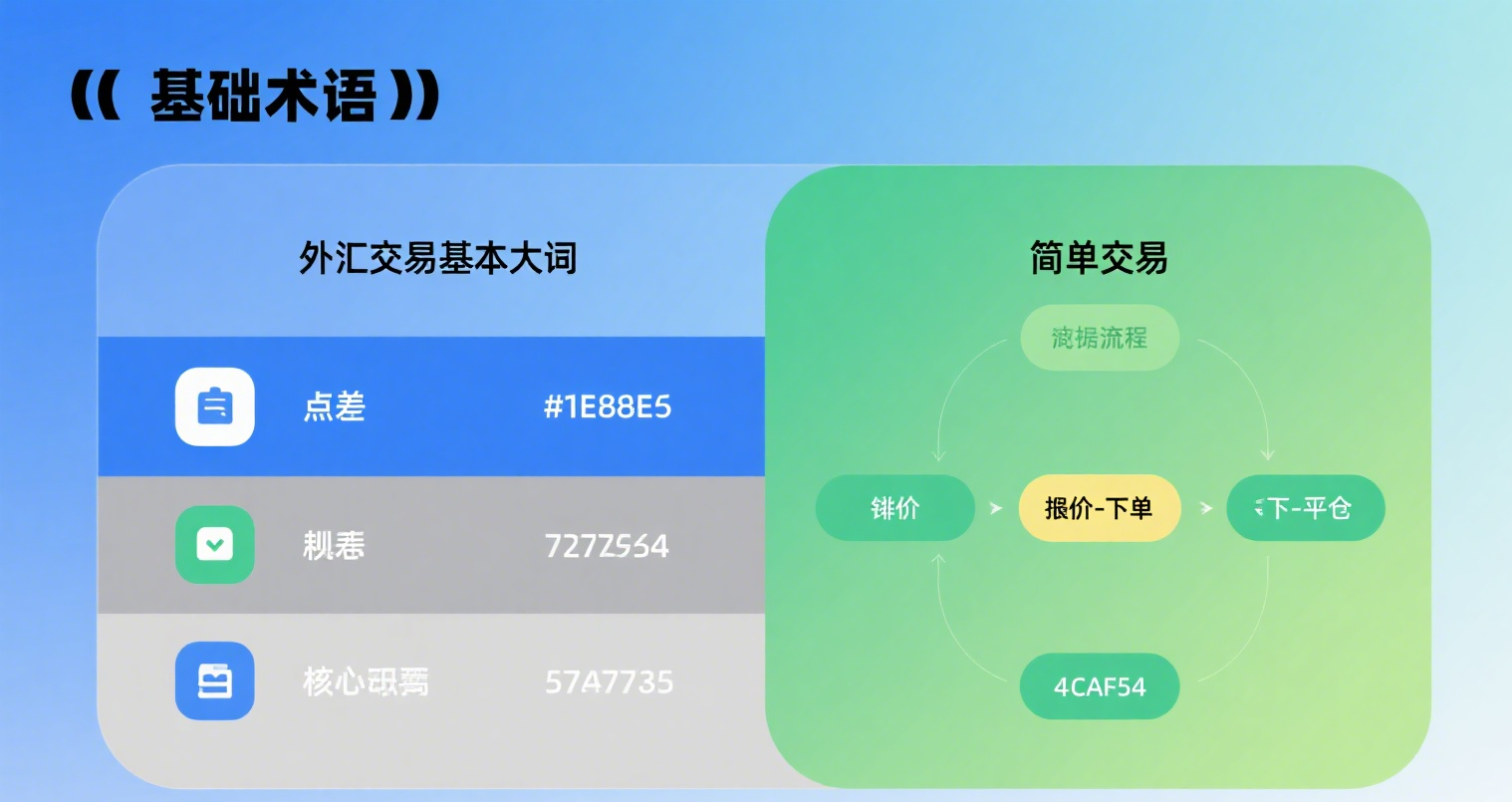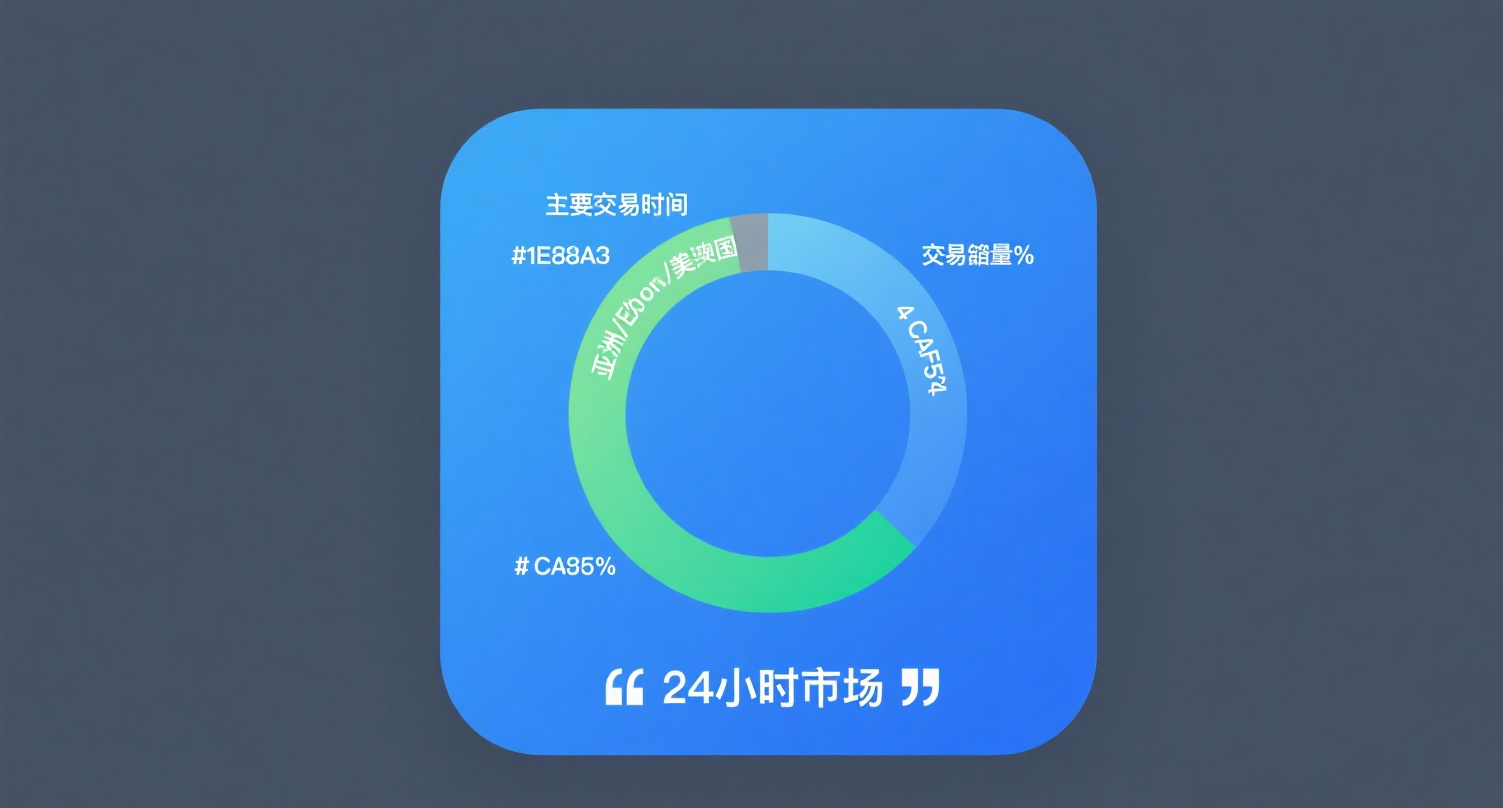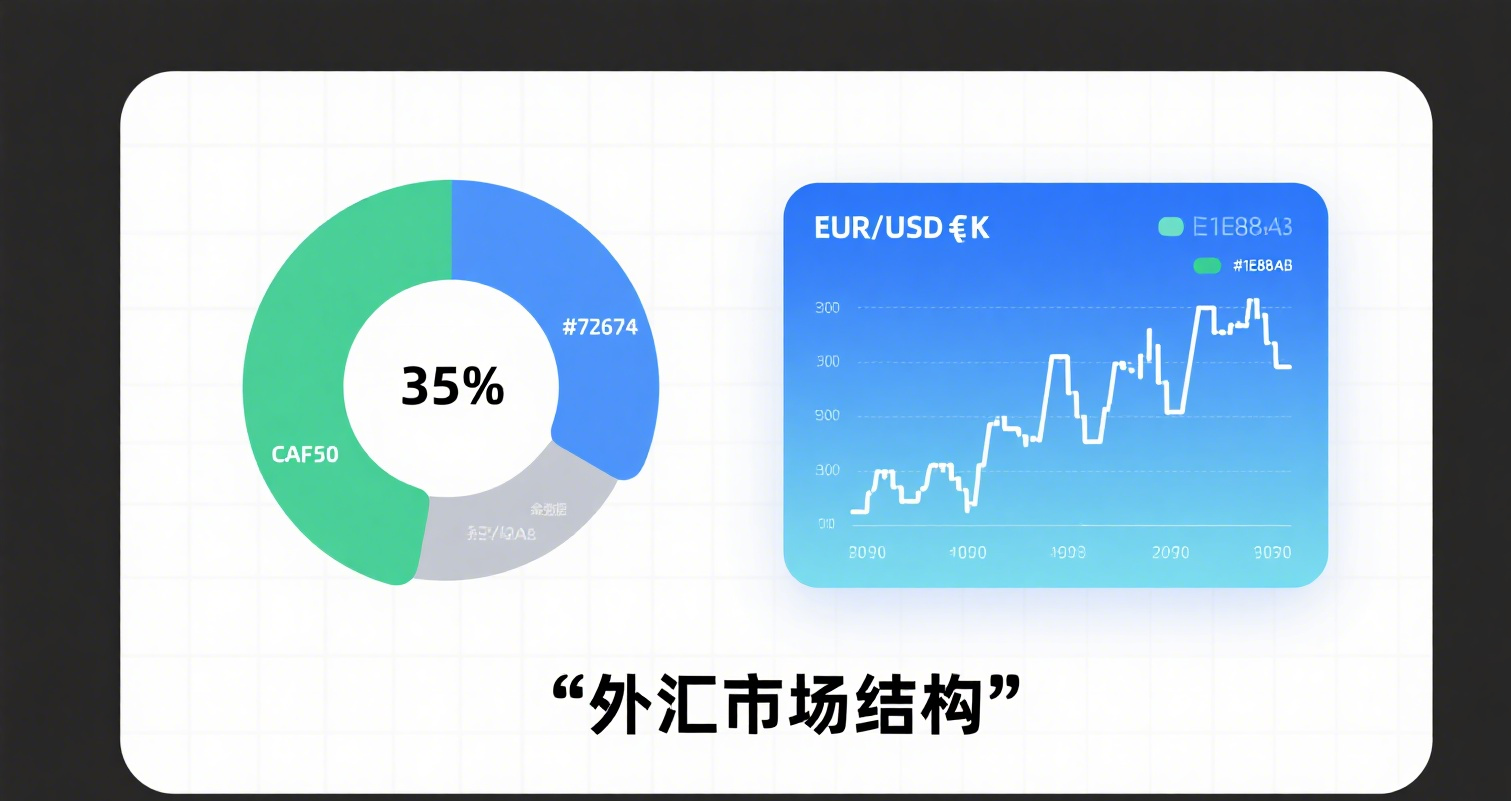
What Is the Long Tail Effect?
From the perspective of human needs, most demands are concentrated at the head, which we can call mainstream or popular; while the demands distributed at the tail are personalized, fragmented, and small in quantity. However, when all these fragmented, small-scale personalized demands are aggregated, they form a market even larger than the mainstream market and can create astonishing value.
The long tail effect was originally used to describe the business and economic models of internet companies like Amazon and Netflix. It refers to the phenomenon where the total revenue generated by numerous low-sales-volume but highly diverse products—traditionally overlooked—collectively surpasses that of mainstream products.
Driven by profit maximization, most businesses focus on the "head" of the demand curve while neglecting the "tail." As a result, fierce competition arises in the "red ocean" of the head market, while the vast "blue ocean" represented by the tail is often ignored. This theory suggests that businesses should think differently—instead of concentrating solely on the 20% of mainstream products, they should pay attention to the 80% "long tail."
Applications of the Long Tail Effect:
In the traditional economy, constrained by information reach, businesses were often limited by geographical boundaries. For example, on a street with a fruit store, if most people prefer apples while only a few like durians, the store would stock only apples and ignore durians because catering to a small customer base wouldn’t cover costs.
However, the internet has broken these limitations, enabling businesses to tap into the tail end of demand and turn niche markets into profitable opportunities. Google is a quintessential "long tail" company. Millions of small businesses and individuals had never advertised before or only on a very small scale—they were too insignificant for traditional advertisers to notice, and many never even considered advertising. But Google’s Adsense lowered the barrier: it’s self-service, affordable, and accessible to anyone.
These millions of small businesses represent a massive long-tail advertising market. Countless small numbers accumulate into an immeasurably large figure; countless small businesses collectively form an unlimited market. On Amazon’s online bookstore, a small fraction of bestsellers account for half of total sales, while the vast majority of books—each with small individual sales—collectively make up the other half due to their sheer variety.
The long tail phenomenon reminds us that the traditional 20% of key customers no longer drive 80% of sales revenue. It’s not that sales from key customers or mainstream products have declined, but rather that the previously overlooked "long tail" has grown longer, and the once-"marginalized" segment now occupies a larger share.







